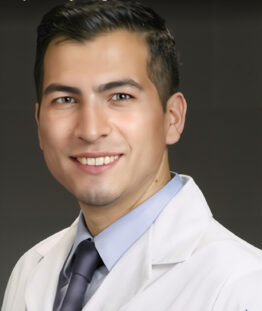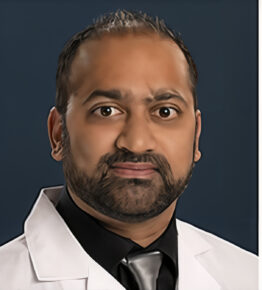Urgent Care is an intermediate option between your primary care provider and the Emergency Department. It is ideal for treating minor illnesses or injuries that cannot wait until the next day. Urgent Care is also suitable for addressing conditions that do not present additional symptoms or for individuals without underlying health issues. For instance, an earache can be effectively treated at an Urgent Care clinic. However, if the earache is accompanied by a high fever (104°F or higher), or if you have a history of cancer or are on immune-suppressing medication, it is crucial to seek care in the Emergency Department.
Urgent Care clinics are generally staffed by physician assistants, nurse practitioners, and nurses. Some may also have physicians on site. These providers can order basic laboratory tests and imaging, such as X-rays, to facilitate diagnoses and develop treatment plans. Urgent Care clinics operate with set hours and have a defined list of conditions they treat, which often makes them less expensive and more accessible than emergency departments due to shorter wait times.
Many Urgent Care facilities are staffed by primary care physicians, including those with backgrounds in emergency medicine, internal medicine, or family practice. These physicians provide consistent and reliable care for patients during routine checkups and visits.
Here are examples of types of conditions treated in Urgent Care clinics
Urgent Care Clinic:
- Back or muscle pain
- Bronchitis
- Cuts and minor burns
- Diarrhea
- Earache
- Skin conditions
- Sprains or joint pain
- Upper respiratory infection
- Urinary tract infections
- Vomiting
- Vaccinations
EMERGENCY ROOM vs. URGENT CARE
Emergency Room
MORE EXPENSIVE
How much does an urgent care visit cost, anyway? ER bills are incredibly expensive, easily eclipsing most urgent care bills.
LONGER WAIT TIMES
The average wait time in an emergency room is 1-2 hours, whereas urgent care wait times are generally much lower.
CAN BE EXHAUSTING
The emergency room is intimidating and extremely time-consuming, leaving you exhausted after your visit.
Urgent Care
AFFORDABLE SERVICES
Urgent care clinics offer patients convenient and cost-effective services and care to meet their healthcare needs.
EASILY ACCESSIBLE
If an injury occurs that requires urgent care, our walk-in clinics are there for you with no appointment necessary.
CONVENIENT WALK-IN CARE
Most of our patients require walk-in care, which allows them to return home faster than other medical care options usually.
Locations
- Medical Group of NJ- AFC URGENT CARE- KEARNY
- Medical Group of NJ- AFC URGENT CARE- DENVILLE
- Medical Group of NJ- AFC URGENT CARE- CLIFTON
- Medical Group of NJ- AFC URGENT CARE- BELLEVILLE
- Medical Group of NJ- AFC URGENT CARE- BLOOMFIELD
- Medical Group of NJ- AFC URGENT CARE – HILLSDALE
- Medical Group of NJ- AFC URGENT CARE – LINDEN
- Medical Group of NJ- AFC URGENT CARE- LITTLE FERRY
- Medical Group of NJ- AFC URGENT CARE- MILLTOWN
- Medical Group of NJ- AFC URGENT CARE- HALEDON
- Medical Group of NJ- AFC URGENT CARE – OLD BRIDGE
- Medical Group of NJ- AFC URGENT CARE- EAST HANOVER
- Medical Group of NJ- AFC URGENT CARE- NEW PROVIDENCE
- Medical Group of NJ- AFC URGENT CARE – PARAMUS
- Medical Group of NJ- AFC URGENT CARE- PARSIPPANY
- Medical Group of NJ- AFC URGENT CARE – PERTH AMBOY
- Medical Group of NJ- AFC URGENT CARE – ROXBURY
- Medical Group of NJ- AFC URGENT CARE – SHORT HILLS
- Medical Group of NJ- AFC URGENT CARE- TOMS RIVER
- Medical Group of NJ- AFC URGENT CARE- UNION CITY
- Medical Group of NJ- AFC URGENT CARE- PISCATAWAY
- Medical Group of NJ- AFC URGENT CARE-Somerset
- Medical Group Of NJ- Speedwell Medical
Practicing Providers



































